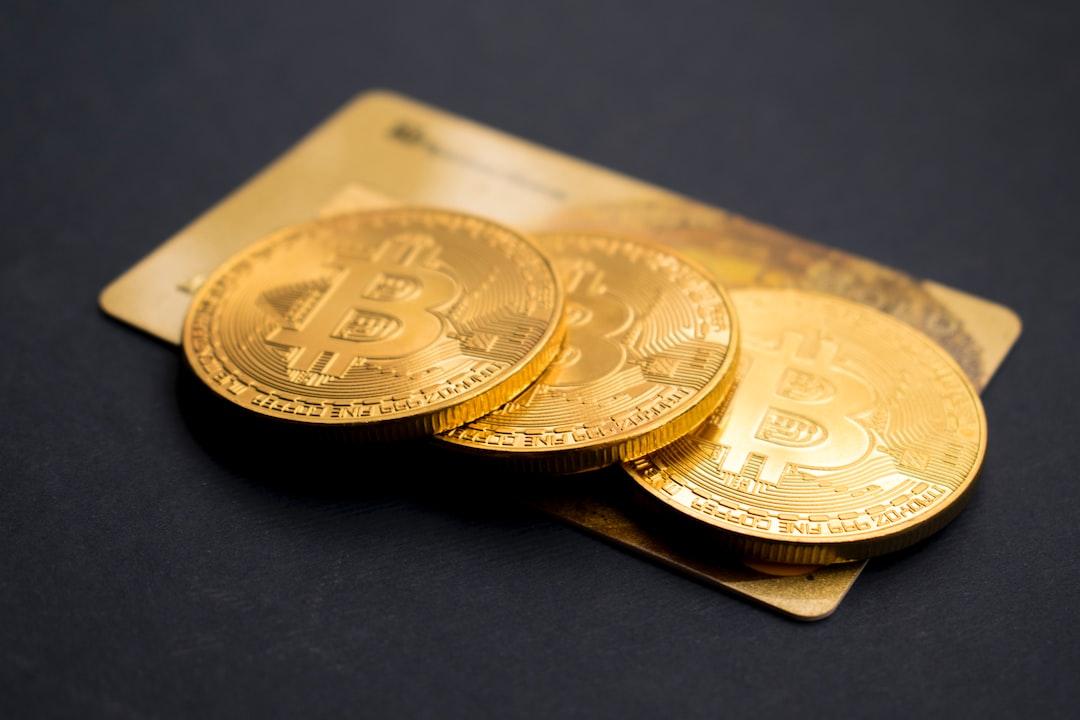The impact of the Federal Reserve’s (FED) monetary and fiscal policies always affects various trading markets, and Bitcoin (BTC) is no exception. This article summarizes the changes in BTC prices by observing the monetary policy cycle of the Federal Reserve. The article is sourced from LD Capital’s column article “BTC Price Changes from the Perspective of the Federal Reserve’s Monetary Policy Cycle,” compiled, translated, and written by BlockBeats.
(Table of Contents)
Last Interest Rate Hike by the Federal Reserve
Federal Reserve Begins Cutting Rates Before Pandemic Disruption
Loose Phase During the Pandemic
Resumption of Tightening, Federal Reserve Starts Raising Rates Until the Last Hike
Almost all asset prices are influenced by the Federal Reserve’s monetary and fiscal policies, and BTC is naturally no exception. Being in the crypto market requires constant attention to various economic data, the attitudes of Federal Reserve officials, and the direction of monetary policy.
With the approval of BTC spot ETF, the impact of the tide of the US dollar on the crypto market will become more apparent. This article will mainly focus on the chart below to review the trend of BTC prices at different stages.
(Time: December 2018 to July 2019)
BTC Price Performance: Initially horizontal, then rising from around $3,500 to $12,000
Start of the main upward trend: April 2019 (similar to the time of slowing down the reduction in the table in May 2019), it can be considered that the market traded with a 3-month rate cut expectation in advance.
This historical period corresponds to the current stage of the market. It has been about 6 months since the last interest rate hike by the Federal Reserve (July 2023), and similar to the past, BTC prices also experienced a significant upward trend in October 2023 (3 months after the end of the rate hike).
In the past six months, BTC prices have been greatly influenced by the expectation of ETF, but they still coincidentally follow the pattern of a previous cycle in terms of time and form.
(Time: July 2019 to March 2020)
BTC Price Performance: Initially falling, then rising
Price fell after the start of rate cuts, from around $10,000 to $7,000 in December, a 30% drop (the end of reduction in the table in September 2019 did not have a significant positive impact). It rebounded to $10,000 from December 2019 to February 2020.
This stage is the stage that the market will enter in 24 years. Historically, after the rate cut and the end of reduction, BTC’s performance was generally falling first and then rising.
In terms of the combination of these two stages with NUPL, it can determine the high and low positions of the stages quite well.
In March 2020, due to the impact of the Covid pandemic, the Federal Reserve quickly cut interest rates and started large-scale QE. In addition, the halving in May 2020 led to a short-term decline in the market, followed by a major upward trend. BTC roughly rose from $5,000 to $65,000.
The peak of the BTC market occurred in November 2021, 4 months before the end of the loose phase (first interest rate hike in March 2022). It can be considered that the market traded with a 4-month rate hike expectation in advance, which is closer to the previous time of trading rate cuts in advance.
In the absence of black swan events, it is difficult for this round of bull market to have such radical monetary policies and rate of rise or magnitude. However, the direction remains the same.
(Time: Starting from March 2022 to the last interest rate hike in July 2023; starting from June 2022 to the present)
BTC Price Performance: Dropped from a low of $46,000 to $16,000, then started to rebound in early 2023 after a 9-month decline
The uptrend in BTC that started at the beginning of 2023, synchronized with the Nasdaq index, may be related to the market’s expectation of a temporary peak in US bond interest rates and a slowdown in the Federal Reserve’s rate hikes.
Overall, the impact of rate cuts on the BTC market is relatively larger than that of reduction. So when will rate cuts begin this year?
Federal Reserve Chairman Powell sent a “dovish” signal after the December FOMC meeting, leading to an increase in the market’s expectation of rate cuts. The latest data from the United States is relatively strong, with the December CPI growing by 3.4% year-on-year (previous value was 3.1%), and core CPI growing by 3.9% year-on-year (previous value was 4.0%), both exceeding expectations. At the same time, the labor market is still tight, and the market currently expects a 52.88% probability of no rate cuts in March.
For the expected rate cuts in 2024, it will either be in March or May. Looking at the situation carefully, the market may experience a pullback at that time. Of course, the approval of spot ETF will have a greater impact on the market, and the landing of positive news and the selling pressure from GBTC are the dominant factors influencing BTC prices recently.
At the same time, the halving of BTC occurred much earlier than the previous cycle (the previous halving occurred 10 months after the start of rate cuts), and this halving happened to be in between the two expected rate cut starting points. Although the rise after the halving usually lags behind its actual occurrence date, it can still partially offset the possible decline after the rate cuts.
Related reports
Bitcoin Drops Below $40,000, Culprit? Insider: FTX Sold Nearly $1 Billion in Grayscale GBTC
Showcasing the True Strength of the Bull Market: What Are Developers in the Crypto Industry Busy With?
Will Bitcoin Continue to Fall? Grayscale GBTC Liquidation May Result in $25 Billion Potential Selling Pressure


